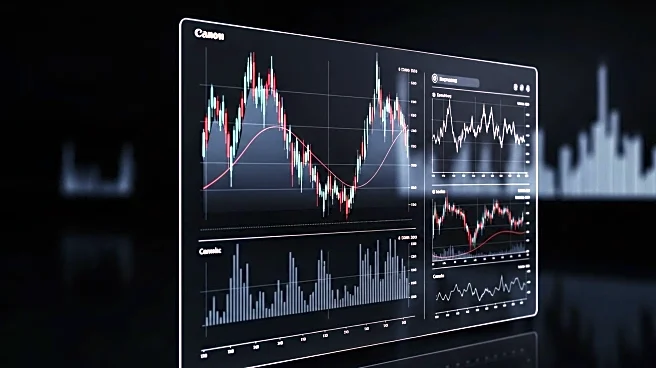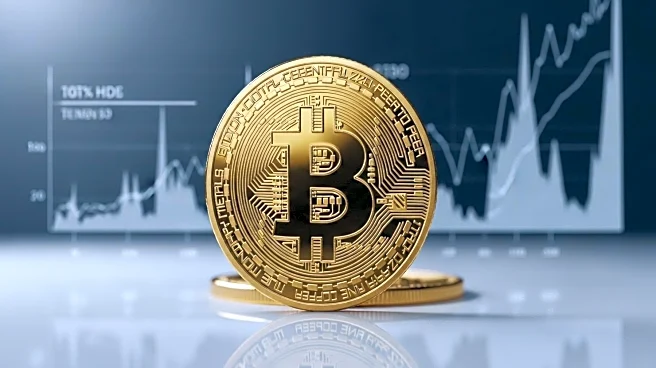What's Happening?
Bitcoin experienced a significant price drop from $121,000 to $106,000 following President Trump's announcement of a 100% tariff on Chinese goods. This announcement led to the largest liquidation event in the history of the crypto market, with $19 billion worth of leveraged positions liquidated within 24 hours. The crash primarily affected traders using leverage on centralized exchanges, resulting in 1.6 million positions being liquidated. The timing of the announcement, after the market close, left crypto as the sole outlet for investor reaction, exacerbating the situation. The event highlights the risks associated with leveraged trading in the crypto derivatives market, where traders use borrowed funds to place large bets, amplifying both gains and losses.
Why It's Important?
The liquidation event underscores the volatility and risk inherent in the crypto market, particularly for traders using leverage. The sudden price movements can lead to significant financial losses, affecting not only individual traders but also the broader market sentiment. The event also highlights the interconnectedness of global economic policies and the crypto market, as geopolitical actions can have immediate and profound impacts on digital asset prices. This situation may prompt regulatory scrutiny and discussions on the need for more robust risk management practices in the crypto trading space.
What's Next?
As leveraged trading continues to grow in popularity, exchanges specializing in perpetual futures may see increased activity. However, this also raises concerns about the potential for future liquidation events, especially if geopolitical tensions persist. Stakeholders, including regulators and exchanges, may need to consider implementing measures to mitigate the risks associated with leveraged trading. Additionally, traders may become more cautious, potentially leading to shifts in trading strategies and market dynamics.
Beyond the Headlines
The event may lead to broader discussions on the ethical implications of leveraged trading and the responsibilities of exchanges in protecting traders from excessive risk. It also raises questions about the long-term sustainability of the crypto market's growth, given its susceptibility to external economic shocks. The situation could influence future policy decisions regarding the regulation of digital assets and the integration of crypto into traditional financial systems.











